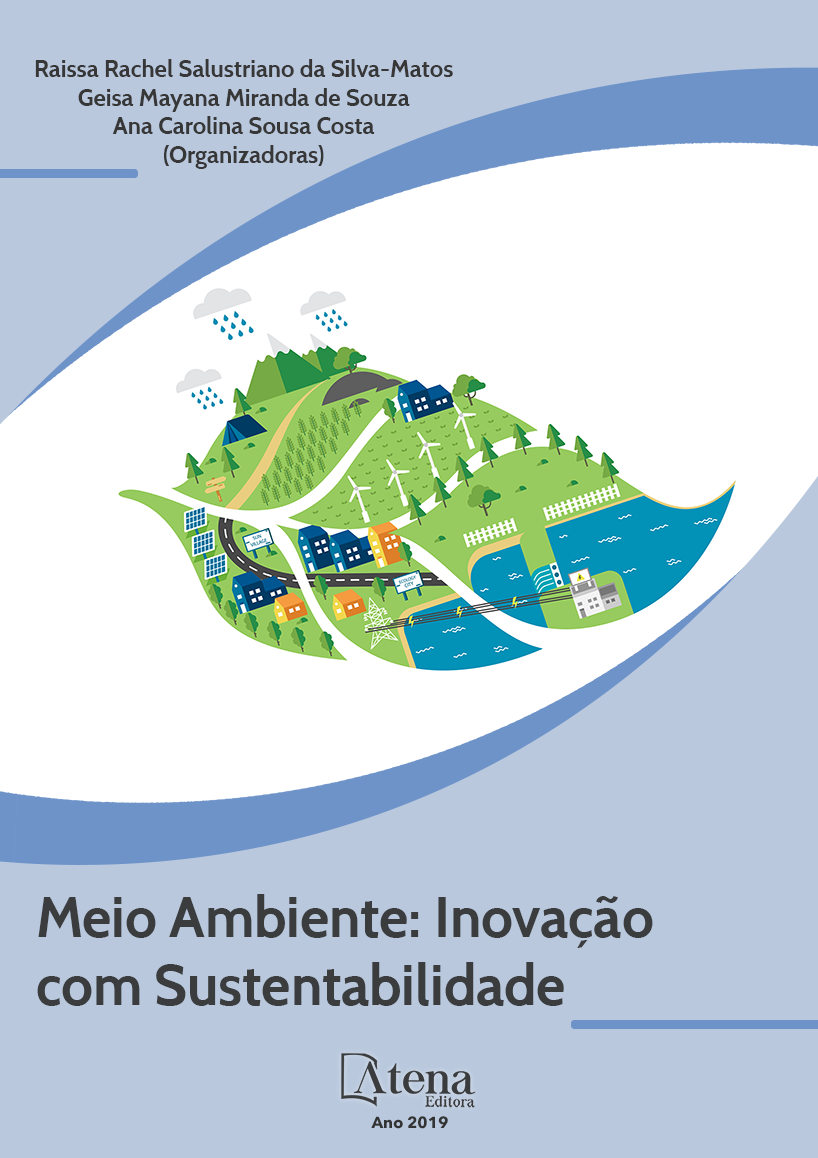
OCORRÊNCIAS DE INCÊNDIOS REGISTRADAS PELO CORPO DE BOMBEIRO MILITAR (1° GPA) E OS PRINCIPAIS IMPACTOS SOCIOAMBIENTAIS, PARAGOMINAS – PA.
Os incêndios são grandes ameaças para as florestas brasileiras. No último quadriênio, os incêndios florestais têm intensificado o número de ocorrências registrado no Sistema de Ocorrências do Corpo de Bombeiros (SISCOB). Objetivo dessa pesquisa foi a realização de uma análise quantiqualitativa cujo recorte temporal situouse entre 2015 - 2018 acerca dos incêndios no município de Paragominas – PA. O método utilizado foi o indutivo, de natureza aplicada e procedimento exploratório. A obtenção dos dados secundários foi efetuada no SISCOB. Quanto aos parâmetros ambientais: vento, temperatura e umidade do ar, além das taxas de precipitação, foram adquiridas no site do Instituto Nacional de Meteorologia (INMET). As análises dos dados obtidos indicaram 502 focos de incêndios no município no quadriênio 2015 - 2018, em cinco tipos de locais diferentes: vegetação (39%), resíduos (21%), edificação (22%), transformadores/fiação (12%) e transporte (5%). Quanto as causas dos incêndios, os dados indicaram quatro origens: acidental (8,8%); criminoso (1,8%); de origem não identificada (87,8%), e natural (2,5%). A análise dos dados também indicou que, no período analisado, ocorreram incêndios em diferentes tipos de vegetação: agrícola (6,8%), capoeira (6,8%), mata/floresta nativa (74%) mato e pasto (11%). Com isso, os incêndios apresentam maiores frequências na vegetação, especialmente mata/floresta nativa, como esses ecossistemas são berçários e habitats para diversidades biológicas e contribuem com os serviços ecossistêmicos de provisão e regulação, a perda da biomassa vegetal, pós incêndio causa graves consequências à qualidade de vida como, por exemplo, elevação da temperatura, ventos com velocidades altas, doenças respiratórias e perdas econômicas à comunidade.
OCORRÊNCIAS DE INCÊNDIOS REGISTRADAS PELO CORPO DE BOMBEIRO MILITAR (1° GPA) E OS PRINCIPAIS IMPACTOS SOCIOAMBIENTAIS, PARAGOMINAS – PA.
-
DOI: 10.22533/at.ed.45419011020
-
Palavras-chave: SISCOB. Degradação. Vegetação
-
Keywords: SISCOB. Degradation. Vegetation
-
Abstract:
Fires are major threats to Brazilian forests. In the last four years, forest fires have intensified the number of occurrences registered in the Fire Brigade Occurrence System (SISCOB). The objective of this research was the accomplishment of a quantiqualitative analysis whose temporal cut was between 2015 - 2018 about the fires in the municipality of Paragominas – PA. The method used was the inductive, of an applied nature and exploratory procedure. The secondary data were obtained from SISCOB. Regarding the environmental parameters: wind, temperature and humidity of the air, in addition to the precipitation rates, were acquired on the website of the National Institute of Meteorology (INMET). The analysis of the data indicated 502 outbreaks of fires in the municipality during the period 2015-2018, in five different types of vegetation (39%), wastes (21%), buildings (22%), transformers / wiring and transport (5%). Regarding the causes of the fires, the data indicated four origins: accidental (8.8%); criminal activity (1.8%); of unidentified origin (87.8%), and natural (2.5%). Data analysis also indicated that fires occurred in different types of vegetation: agricultural (6.8%), capoeira (6.8%), forest / native forest (74%), weeds and grasses (11%). As a result, fires present higher frequencies in vegetation, especially forest / native forest, as these ecosystems are nurseries and habitats for biological diversity and contribute to ecosystem services of provision and regulation, the loss of plant biomass, post fire causes serious consequences for the quality of life, such as elevated temperature, high velocity winds, respiratory diseases and economic losses to the community.
-
Número de páginas: 15
- Antônio Pereira Junior
- Felipe da Silva Sousa


